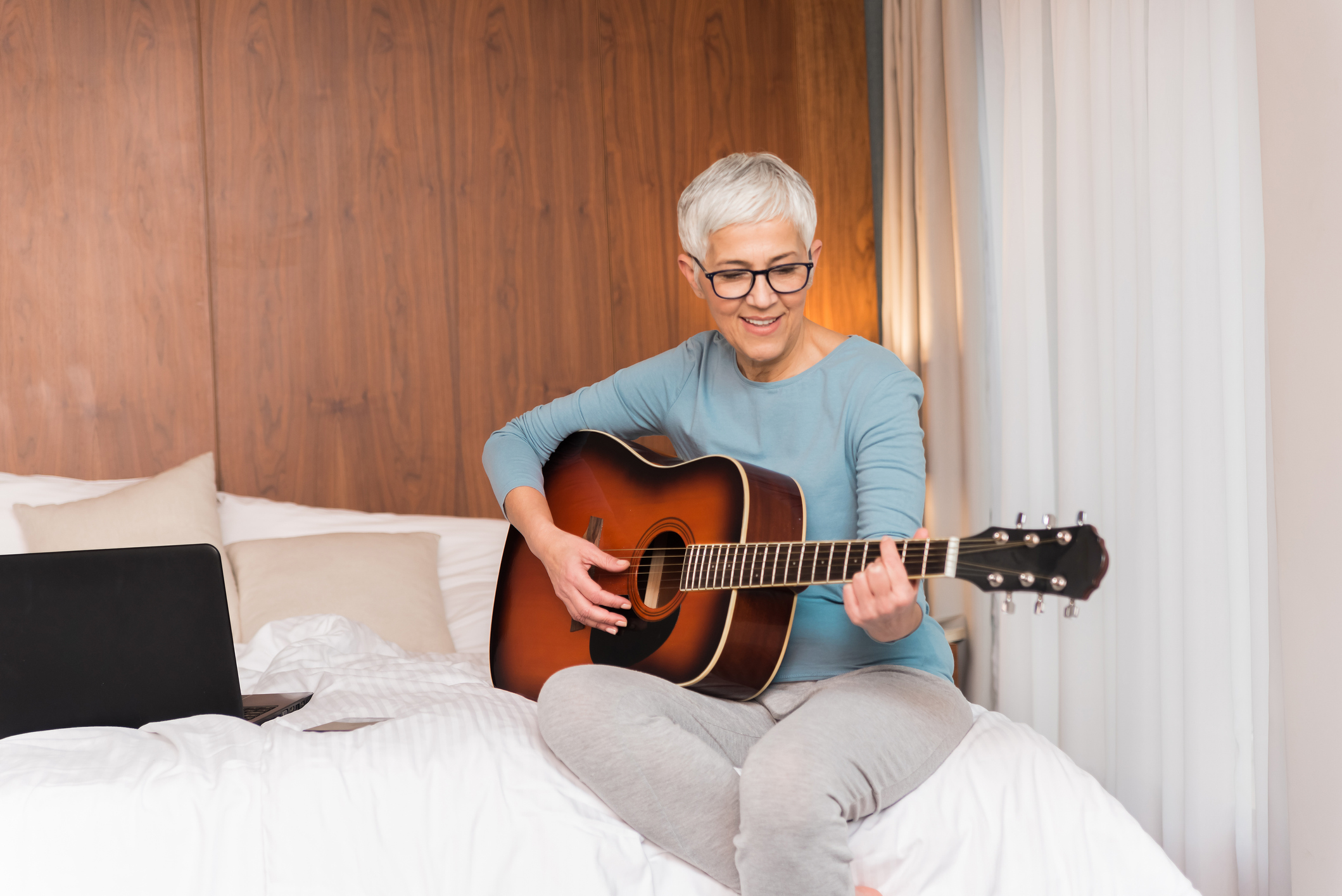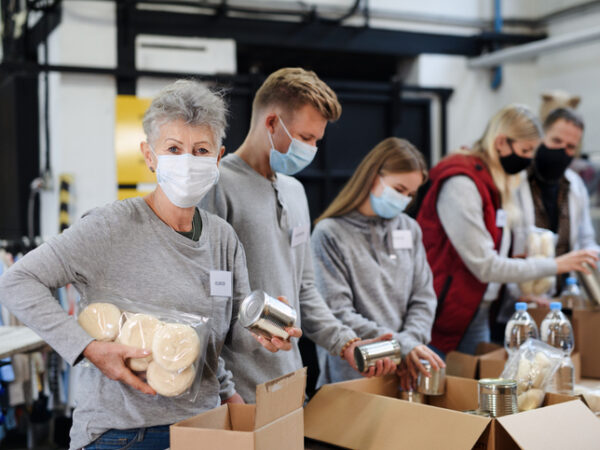Staying mentally sharp in older age is a result of not only flexing cognitive abilities daily but research has found that learning a new skill can help create more brain plasticity by encouraging the development of new neural pathways. When the brain changes and adapts to new experiences and information, the aging brain can continue to evolve. And a recent University of California study has found that learning three or more new skills at the same time can turn back the clock on brain aging by as much as 30 years.
Learning several new skills simultaneously was found to improve cognitive abilities among older adults, improving their ability to function independently. Many seniors practice brain games daily, take a class to learn a new skill or join a book club to keep their minds sharp. But in order to prevent cognitive decline or even reverse brain aging, learning several new skills in the same time period can significantly improve working cognitive abilities. After 6 weeks of taking classes to learn Spanish, painting and how to use an iPad, study participants tested on par with people 30 years younger.
Embracing the idea of being a life-long learner not only makes life more exciting and meaningful, continuing to learn multiple skills could be a game-changer in preventing cognitive decline and promoting independence. And taking classes in photography, drawing, cooking, language, dance or music also provides opportunities for social interaction, another important component of cognitive and overall well-being.
As more people embrace giving experiences instead of things as gifts, what an ideal opportunity to encourage an older friend or family member to stretch themselves and try learning a new skill. Many colleges and universities allow seniors to audit or take a class with reduced fees or even free tuition. Libraries, fitness facilities and community centers are also great places to check out for classes. Find age-friendly facilities and services near you by following this link to the International Council on Active Aging.






Add Your Voice
0 Comments
Join the Discussion